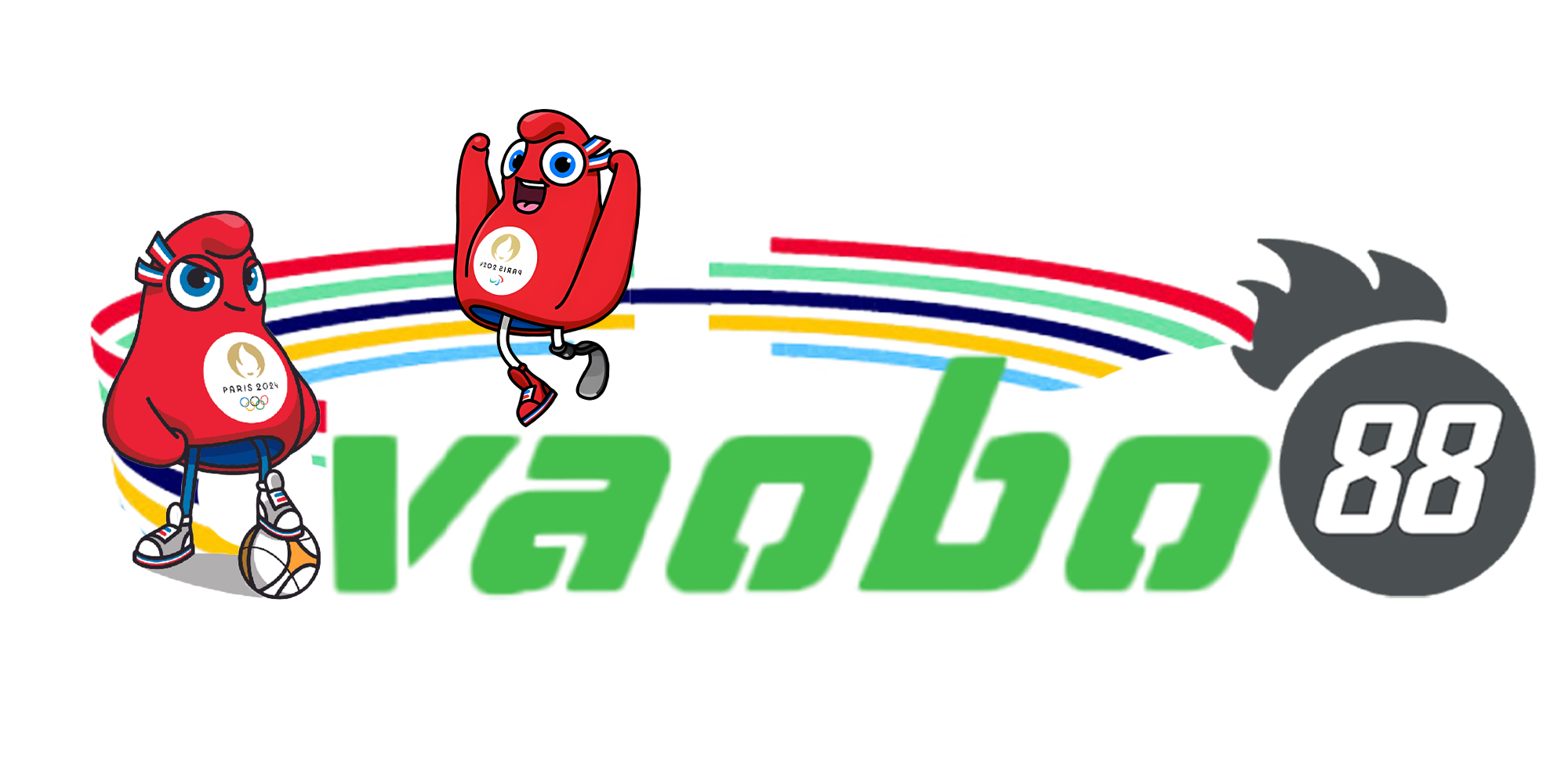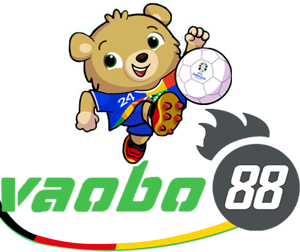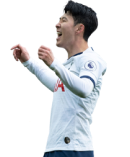Table Tennis Rules is basic knowledge for all athletes participating in this sport. Table tennis is the most loved game in Vietnam, ranking just after football in terms of scale and number of participants.
Table tennis competitions attract a large number of athletes as well as cheering spectators gathering together.
What are Table Tennis Rules?
Table tennis rules are the regulations and rules in training and competition of this sport. In table tennis, two opposing sides will compete against each other, with one side having either 1 or 2 players.
![Basic and Detailed Table Tennis Rules from A to Z [Updated 2024] 1 Table Tennis Rules](https://en.keonhacai5.name/wp-content/uploads/2024/08/luat-bong-ban.jpg)
The necessary equipment includes a playing table, a ball, a racket, and a net. In each game, players need to use the racket to hit the ball down onto their table once and let it bounce over to the opponent’s table at least once.
Table tennis has the ability to train health, agility, and endurance for participants. Currently, this game is popular worldwide, not just in Vietnam.
The table tennis rules introduced in this article are based on the regulations of ITTF (International Table Tennis Federation). This sport always appears at major sporting events such as the Olympics, Asian Games, SEA Games, etc.
Table Tennis Rules: Competition Equipment
All factors that directly affect the outcome of a table tennis match have specific regulations. ITTF sets basic requirements for the competition table, net, playing area, racket, and the ball.
a. Regulations on the Competition Table
The competition table has a rectangular surface measuring 2.74 meters in length and 1.525 meters in width. This table surface does not include the side edges (2 centimeters) and is placed flat on a support that is 0.76 meters high from the ground.
There are no specific table tennis rules regarding the material of the table surface, but it must have a uniform bounce of 23 centimeters when dropping the ball from a height of 30 centimeters onto the surface.
![Basic and Detailed Table Tennis Rules from A to Z [Updated 2024] 2 table tennis competition rules](https://en.keonhacai5.name/wp-content/uploads/2024/08/luat-thi-dau-bong-ban.jpg)
In addition, the table surface must be a uniform dark color that contrasts with the color of the ball. The long side is called the longitudinal boundary, while the wide side is called the transverse boundary.
Furthermore, the table is divided into two equal parts along its length, where there is a vertical net that is exactly the same length as the width of the table. If the table is used for doubles, each part of the table is marked with a straight line in the middle that is 3 millimeters wide.
b. Regulations on the Competition Net
The standard net according to table tennis rules includes the net, net tensioning cord, and 2 net posts with a pair to attach to the competition table. The net has a height of 15.25 centimeters and is tensioned with a cord at both ends of the posts.
The top edge must always be taut at the specified height, while the bottom edge must be close to the table surface. The length of the net can be longer than the width of the table surface, with each side tied no more than 15.25 centimeters from the edge of the table.
c. Regulations on the Competition Area
According to standard regulations, the competition field must also meet criteria to ensure the greatest comfort for athletes and referees. According to ITTF regulations, the dimensions of the field are as follows:
- Field length: 14 meters (equivalent to 46 feet).
- Field width: 7 meters (equivalent to 23 feet).
- The competition table is placed in the center of the field.
In addition, conditions regarding temperature, humidity, lighting, and surface… also have specific regulations.
d. Regulations on table tennis rackets
Table tennis rules specify in detail the rackets used in competition. The International Table Tennis Federation does not set specific dimensions, shapes, or weights for competition rackets.
![Basic and Detailed Table Tennis Rules from A to Z [Updated 2024] 3 Latest table tennis rules](https://en.keonhacai5.name/wp-content/uploads/2024/08/luat-bong-ban-moi-nhat.jpg) Competition equipment
Competition equipmentHowever, they set forth the following conditions for the two components of the racket’s core and surface:
Handle (Racket core)
According to the standard table tennis rules, the handle must be made of at least 85% natural wood. The handle may be covered with a layer of reinforced fibers such as carbon, compressed paper, or fiberglass (not exceeding 7.5% of the racket’s weight).
Racket surface
The racket surface is covered with a layer of pimpled rubber over the entire or part of the handle. The pimples face outward with a thickness not exceeding 2 millimeters, or they are made of rubber sponge, with the total thickness of the rubber layer plus the adhesive not exceeding 4 millimeters.
The racket surface is covered in two colors, red and black, and is glued to the racket core with adhesive that meets ITTF quality requirements. The racket is checked by the referee and the opponent before the match begins.
e. Regulations on the competition ball
The table tennis ball is a uniform sphere with a diameter of 40 millimeters, weighing 2.7 grams. It is made of cellulose or a similarly flexible plastic. They are usually orange or white, and during competition, players can request a ball change if they detect any issues.
![Basic and Detailed Table Tennis Rules from A to Z [Updated 2024] 4 table tennis rules](https://en.keonhacai5.name/wp-content/uploads/2024/08/luat-danh-bong-ban.jpg) The ball is usually bright in color
The ball is usually bright in colorInternational table tennis serving rules
The serving rules are specified in detail, and each serve must satisfy various conditions. At the start of the serve, the hand not holding the racket of the player must be open and flat, with the ball resting on it.
![Basic and Detailed Table Tennis Rules from A to Z [Updated 2024] 5 Table tennis playing rules](https://en.keonhacai5.name/wp-content/uploads/2024/08/luat-choi-bong-ban.jpg) Serving
ServingThe server tosses the ball vertically, at least 16 centimeters high above the table surface. The ball must not touch anything before hitting the racket and must not follow a spinning trajectory.
When serving, the ball must first touch the server’s side of the table before bouncing over to the opponent’s side. During the serve, the ball must always be above the table surface and behind the end line of the table.
The server must not use any part or tool to obstruct the opponent’s view. In addition, the server must ensure that the referee can observe the entire process:
- The referee’s decision is final; if the serve is deemed invalid, the referee has the right to request and remind the server to serve again on the first occasion.
- If the table tennis rules are violated in subsequent serves, the receiver will receive 1 point.
Sometimes the referee may make allowances for athletes with physical impairments.
Good Return
According to table tennis rules, a good return is counted when the receiver hits the ball that bounces on their side of the table, goes over the net, and bounces on the opponent’s side. If both the serve and the return are good, both sides continue to rally until a point is determined.
Re-serve in the case of a Let
A Let occurs when it is unclear which side scores in that serve. In this situation, the referee will allow the server to serve again from the beginning.
Explanation of table tennis rules A Let occurs when:
- The serve hits the net but the ball still goes over to the opponent’s side, so it cannot be considered a fault.
- A Let is called when the receiver is not ready.
- Both the server and the receiver commit a fault due to the influence of an external factor.
- When the server is in the act of serving but there is a signal to pause from the referee team.
Some situations that may cause the match to stop include:
- Adjusting the order of serving, receiving, or the sides of the table for both sides.
- Starting to apply emergency play rules.
- Warning or penalizing a team or an athlete.
- Playing conditions are affected, causing the quality of the hits to no longer be maintained at a sufficiently high level.
Table Tennis Rules: Scoring and Determining Win – Loss
In the latest table tennis rules, the method of scoring and determining the winning side has undergone some changes compared to before. However, the competition regulations basically retain the essence of this sport.
Player / Team scores 1 point
When the serve ends, that is also when one side receives an additional point. Except in the case of a Let as mentioned above when both sides have no points.
![Basic and Detailed Table Tennis Rules from A to Z [Updated 2024] 6 table tennis serving rules](https://en.keonhacai5.name/wp-content/uploads/2024/08/luat-giao-bong-ban.jpg) Scoring Method
Scoring MethodPoints are awarded to the player / team according to table tennis rules in the following cases:
- The opponent performs a poor serve.
- The player performs a poor return.
- After a good serve or return, the ball touches any object other than the net before being played again.
- The player hits the ball over the opponent but does not touch their own side of the table or the opponent’s side.
- The opponent performs an obstruction.
- The player hits the ball consecutively 2 times.
- The player hits the ball with the racket face incorrectly.
- The opponent moves with their body, clothing, or any related object.
- The body, clothing, or equipment of the player touches the net.
- The hand not holding the racket of the player touches the table.
- The opponent hits the ball out of the prescribed order from the beginning.
The player wins a game
A game is determined when one side reaches 11 points first. However, if both sides reach 10 points, they must play until one side has 2 points more than the opponent.
From 1 to 11 points, the serve will change every 2 points, starting from the points thereafter, the serve changes every 1 point.
The player wins the match
The number of games in a match according to table tennis rules is always an odd number: 5, 7, or 9. The side that wins more than half of the games will be considered the winner of the match.
If one side reaches more than half early, the subsequent games do not need to be played. This is called a swift victory.
Regulations on serving rights, receiving, and standing at the table
In addition to the above requirements, table tennis also has requirements regarding the order of serving and standing at the table.
The right to choose serving and standing will be determined by a draw. The person who draws the lucky lot has the right to choose first between serving or standing, and the other person will choose afterward.
Conclusion
Table tennis rules are widely implemented by the International Table Tennis Federation. This sport provides great benefits for everyone from young to old. In addition to understanding the rules of the game, you need to maintain good health and practice diligently to achieve high results in competitions.








